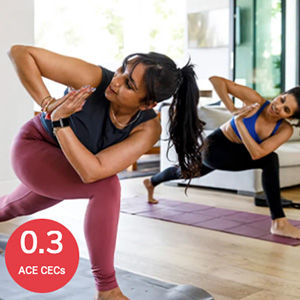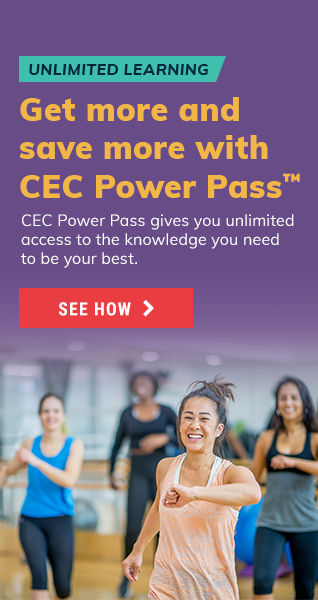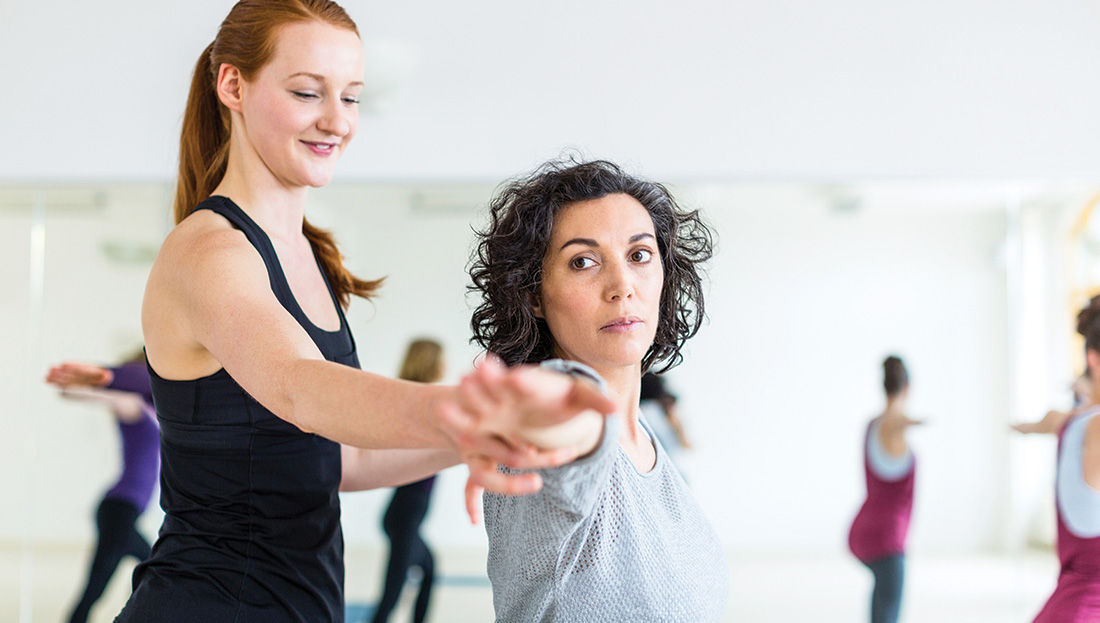
To adjust, or not to adjust? That is the question. And the truth is, there is not a simple answer to address this hotly debated and sometimes polarizing subject.
Over the years, hands-on adjustments and assists have become commonplace in many yoga classes, even though this particular approach to teaching is not utilized in every style of practice. Amidst reports of yoga-related injuries and a rapidly multiplying number of yoga teachers offering classes everywhere from yoga studios and health clubs to clinical and community settings, this particular topic is garnering a growing number of questions and concerns from students and practitioners alike. While there appears to be general consensus that there is no one-size-fits-all approach to hands-on adjustments and assists, even amongst the most seasoned yoga teachers there exists a difference of opinion about how these techniques should be used, if at all.
“Although there’s never a clear cut right or wrong in discussions like this, I’m actually not a big fan of hands-on adjustments while a student is experiencing their yoga practice,” shares Kimberly Spreen-Glick, an international presenter, fitness and yoga professional, and founder of the online platform The Inspired Life University. “I’ve learned over the years that the purpose of an asana practice is not to get your body perfectly into a given pose, but rather the purpose is to use the pose as a tool to wake up, access and strengthen your body in ways you wouldn’t have been able to had you not chosen to step on your mat that day.”
In light of various types of learners in yoga classes, Jane Bahneman, MS, E-RYT-500, an ACE Certified Health Coach and cofounder of Blue Nectar Yoga in Falls Church, Va., personally supports the use of hands-on yoga assists when they are offered safely, properly and professionally.
“When considering learning styles and how our yoga students’ process information, many can really benefit from good kinesthetic cues (in the form of hands-on adjustments) that help them to feel the proper alignment of a posture,” shares Bahneman. “We can be told how to do a pose, shown how to do a pose, even just explore the pose extensively on our mats on our own, but oftentimes it isn’t until we feel a qualified teacher mindfully move our body into a specific postural alignment do those ‘a-ha’ moments happen.”
Assessing Intentions and Confronting Expectations
For many yoga teachers, the idea that hands-on adjustments must be a part of one’s teaching repertoire is often perpetuated by what we feel is expected of us, both from our peers and from our students.
“I think a bias exists that if you, as a yoga teacher, do not offer hands-on adjustments then you are not a good teacher,” says Claudia Micco, E-RYT-500, who has been teaching yoga for nearly 40 years. “In my opinion, that is completely false, as each teacher comes with their own unique talent and style. Most students will intuitively resonate with a teacher that they feel safe with, regardless of whether hands-on adjustments are a part of the class experience.”
In fact, Bahneman notes that whether or not a teacher offers physical assists may be dictated by the policies of the studio, recreation facility or fitness center in which they work, which must be honored and adhered to at all times.
Stacy McCarthy, BS, E-RYT-500, professor of yoga studies at MiraCosta College in San Diego, Calif., and author of the book Transformational Teaching Through Yoga Adjustments, agrees that the use of adjustments is highly personalized based on the students, the setting and the experience level of the instructor, and it is not something required of all yoga teachers.
“While yoga adjustments can greatly enhance any class, I do not recommend that all teachers offer adjustments, especially with students whom they have not worked with before and are unfamiliar with their practice,” notes McCarthy. “The one exception to this is if a student is at risk of immediate injury. However, I would not recommend hands-on adjustments for instructors who do not have a strong personal yoga practice and who have not been trained in giving proper adjustments safely, clearly, confidently and precisely. We must remember that yoga adjustments are more than just having the correct technique of touch—there’s also an energy exchange, proper breathing and an appropriate state of mind that are needed to execute safe and effective adjustments.”
Even with extensive training in providing adjustments, Spreen-Glick urges teachers to be clear about the intention behind utilizing physical touch as part of their teaching, if they are choosing to do so.
“I think the primary benefits of a teacher placing their hands on a student in any way during a yoga class is to foster connection and to positively support the student on their own personal journey,” notes Spreen-Glick. “However, if teachers feel it’s their obligation to adjust their students in order to ‘fix’ them or their poses, or if they mistakenly believe that by providing adjustments it will make them a better or more attractive teacher, they may ultimately create more harm than good.”
McCarthy suggests that teachers strive to see the beauty in each pose and to see the whole person whom they are teaching as opposed to solely focusing on the parts and the technique, which can detract from the positive intention behind hands-on adjustments and assists.
“Remember that this yoga journey is unique for every student, and that performing a pose is not about attainment,” says McCarthy. “Rather, we as yoga teachers are here to make the physical experience safer and more effective for the student, not to reshape them or their practice.”
Key Considerations and Alternative Approaches
With a conscious decision and clear intention, yoga teachers have an assortment of approaches they may wish to explore when it comes to offering adjustments and assists. To most effectively apply this type of teaching strategy, it’s imperative that teachers first hone their skills as a keen observer.
“The biggest mistake I notice is that teachers often do not observe before offering an adjustment,” shares Amy Opielowski, BS, E-RYT-200/RYT-500, an experienced yoga and meditation instructor based in San Diego, Calif. “To ensure safety first, it’s important that teachers scan the room and adjust the students that need it most, aiming to ground students into a more stable expression of the posture rather than taking them further into the pose.”
Oftentimes, the greatest support teachers can offer to students can be conveyed through a “hands-off” adjustment, in which the student is thoughtfully guided toward self-correction through the use of landmarks that allow the student to move their body toward more refined alignment without direct physical contact from the instructor.
Mindful movement specialist and award-winning international educator Lawrence Biscontini, MA, prefers this self-guided approach to adjustments, which empowers students to deepen their own kinesthetic awareness.
“The method of ‘putting hands to the solution,’ in which a teacher invites the student to move toward alignment instead of placing hands directly on the student not only assists the learner in that particular moment, but it also enables them to better self-correct in the future, which is ultimately our goal as teachers.”
If teachers are choosing to utilize direct physical contact, Micco suggests taking a less-is-more approach when providing hands-on adjustments and assists.
“Over the years, I’ve had many people complain to me that they have been hurt in a yoga class because the instructor presses too hard, especially in a posture like child’s pose,” says Micco. “Unless you really know your anatomy and biomechanics, stay away from applying too much pressure, as we have no idea what might be going on inside a student’s body.”
Instead, consider utilizing a purposeful, light touch with students, such as Micco’s preferred featherweight fingertip touch on the shoulders or back. And always avoid grabbing or jarring touching, which can disrupt and create discomfort in a student’s practice.
When utilizing this directed type of touch, or any type of physical touch for that matter, it’s important to minimize the number of adjustments offered to any one individual at a given time, which can lead students to feel self-conscious about their practice. Micco stresses the importance of allowing students to feel and grow slowly within their practice, encouraging teachers to develop body empathy by imagining what a student might be experiencing in a pose, and utilizing keen observation skills to look, listen and feel for the cues their body is projecting in that moment.
To avoid what could be construed by students as an insensitive touch, McCarthy recommends teachers be fully present with the student being assisted, working with the student’s breath not only when providing the adjustment itself, but also when entering and exiting their personal space.
“I often see teachers sneak up on students, which can put them on high alert and cause tension in the mind and body,” notes McCarthy. “Remember that one of the primary roles of a yoga teacher is to create and maintain an emotionally and physically safe space for students.”
As teachers, we must ensure that physical touch is applied in a skillful and intentional way, which appropriately conveys the purpose behind the adjustment so that it is not misinterpreted by the student in any way. Biscontini recommends verbalizing where and how a physical touch will be executed before actually performing the adjustment, as well as checking in with the student afterward to ask how the assist felt in their body.
In addition to offering clear directions and soliciting valuable feedback from students, Opielowski suggests teachers possess a clear understanding of all options that may best serve students.
“Allow safety and alignment to be your aim when working with students. In addition to hands-on adjustments, props may help a student discover a deeper sense of stability and alignment in their practice,” shares Opielowski. “Always consider how offering a block, utilizing a strap or incorporating any other yoga props can create instant support within a posture without the need for direct physical contact.”
No matter which particular approach you take to offering adjustments, asking students’ permission to enter their personal space and to provide an assist is absolutely essential. By emphasizing a student’s autonomy in enabling them to determine how they would prefer to experience their yoga practice on that particular day, yoga teachers can foster a deeper sense of trust with students and ensure that a safe and comfortable space is maintained in which individuals can grow and thrive physically, emotionally, mentally and spiritually.
Expand Your Knowledge
Yoga Fundamentals: Integrating Yoga Into Client Programs
If you want to enhance your skills and offer clients a structured, practical approach to incorporating yoga elements into their workouts, this course is for you. By focusing on foundational poses, mobility and balance, you’ll be equipped to help clients improve flexibility, strength, and recovery—all without sacrificing the intensity of their fitness goals. This course breaks down yoga into digestible, movement-focused components, offering insight into sequencing, regressions, and progressions for diverse client needs. Learn to use tools and props effectively, ensuring accessibility for clients of all ages and abilities. Whether you’re easing beginners into basic stretches or adding dynamic mobility flows for seasoned athletes, this course empowers you to use yoga as a versatile tool in your fitness arsenal.
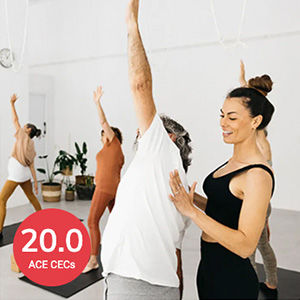
YogaRenew 200-Hour Yoga Teacher Training and Certification
ACE has teamed up with YogaRenew, a Registered Yoga School (RYS®) with Yoga Alliance, to help you grow your career and impact even more lives as a Certified Yoga Teacher. This course will equip you with in-depth knowledge from the global leader in online yoga teacher training, so you can become a yoga leader in your community.
With this exciting new course, you will:
1. Enjoy the flexibility of self-paced, online learning. Break free from rigid schedules and study at your own pace from wherever you are most comfortable.
2. Learn fundamentals to apply in the classroom. Acquire comprehensive knowledge, from yoga sequencing to business strategies, ensuring confidence in leading classes.
3. Gain access to bonus resources to help you succeed. Access exclusive content, including eBooks and templates, to support your journey.
Whether you want to expand your current health and fitness offerings or build an entirely new revenue stream, this is the most comprehensive course to acquire expertise across all facets of yoga—including business development.

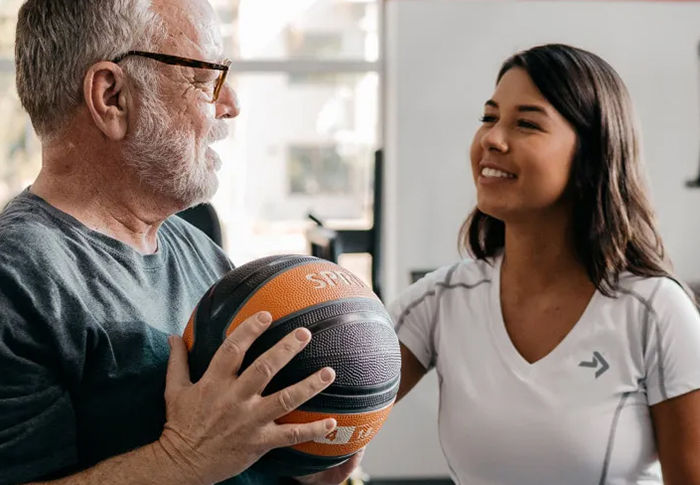
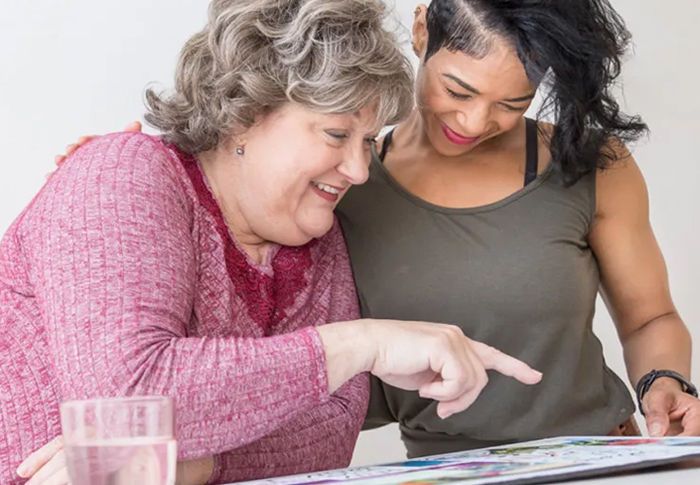


 by
by 

